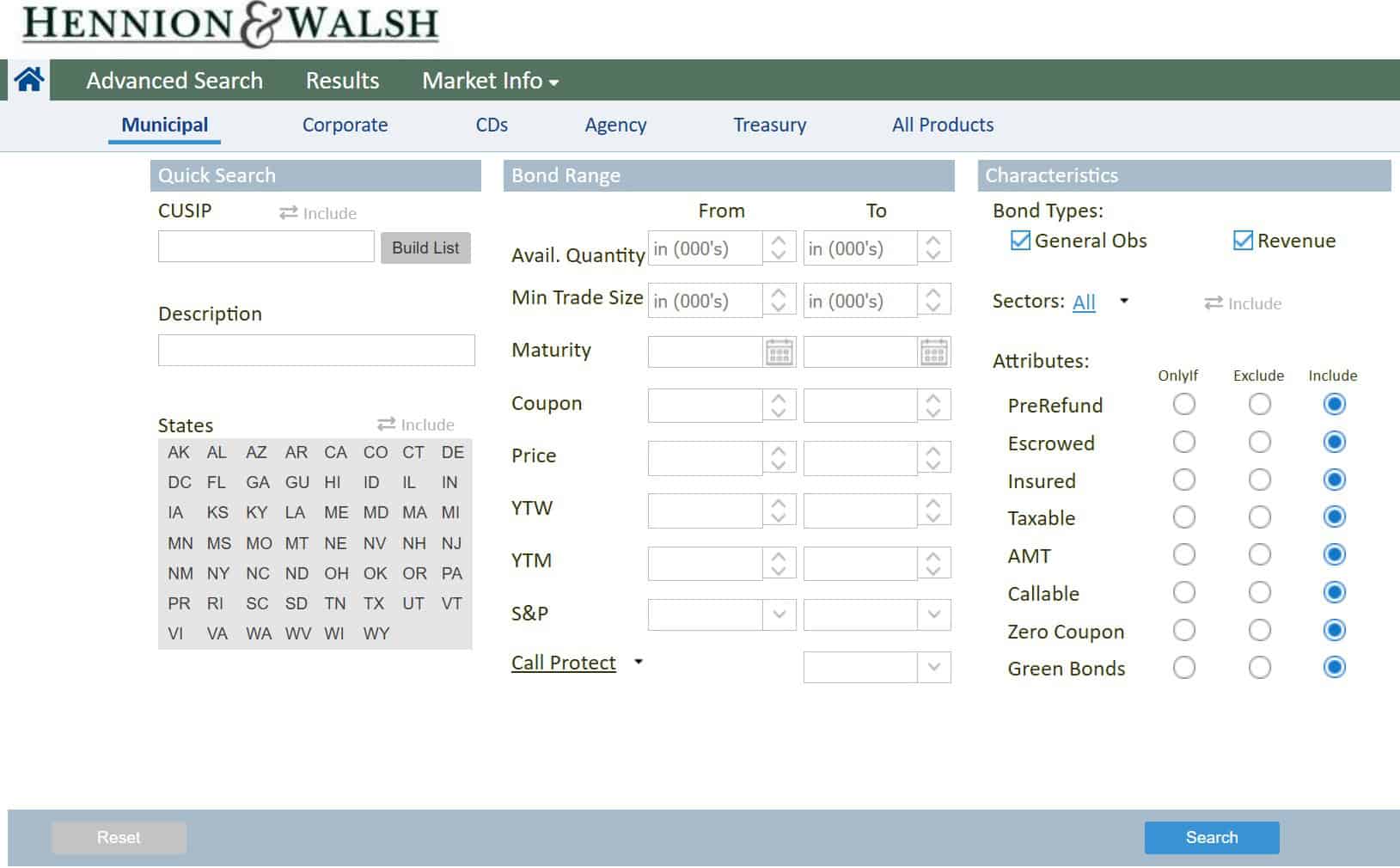
Equities 101: A Complete Guide to Understanding Stocks
Equities are the lifeblood of the capital market, much like oxygen is to human survival. As varied as the hues in a sunset, equities represent the spectrum of ownership in corporations. When dissected, each share of stock reflects a proportionate claim on a company’s assets and earnings, embodying the essence of capital participation.
Unveiling Equities: What Are Stocks?
At their most fundamental level, stocks, also known as shares or equities, are units of ownership in a corporation. When individuals purchase stock, they are essentially acquiring a slice of the company, proportionate to the number of shares they hold. This investment conveys various rights, such as a claim on assets and income generated by the corporation, and often carries voting privileges on corporate matters.
The secondary dimension of stock ownership is the market where these shares are traded. Referred to as the “stock market,” this is a network of exchanges where stocks are bought and sold. Through a fluctuating landscape driven by supply and demand, the stock market reflects the aggregated judgment of thousands of investors. In essence, it continually reassesses the value of a company and, by extension, transforms the abstract concept of ownership into a tangible financial asset that can be measured and traded.
Equities Definition: Understanding the Basics
Equities, commonly known as stocks, represent ownership in a company and a claim on a portion of its assets and earnings. Understanding the basics of equities is essential for anyone looking to build long-term wealth, as they offer the potential for growth through capital appreciation and dividends. By learning how equities function and their role in a diversified portfolio, investors can make more informed decisions and confidently participate in the dynamic world of the stock market.
Defining Equity: Ownership and Shares
Equity represents a stake—ownership—in a corporation, signifying a proportional share of its assets and earnings. Amidst myriad investment choices, equities stand as the bedrock of capitalist economies, epitomizing ownership and financial participation. Acquiring equity translates into shareholder status, providing potential dividends, voting rights, and a claim on assets upon dissolution. Holdings in equity allow investors to partake in a firm’s growth and profit while assuming the inherent risks of business performance.
Stock Types: Common and Preferred
Investing in stock offers a choice between two main types: common and preferred. While common shares represent ownership in a company’s equity, preferred shares are akin to a hybrid of equities and debt instruments. Common stock embodies the essence of equity investment. It confers voting rights and potentially unlimited gains, balanced by exposure to the full brunt of economic headwinds.
Conversely, preferred stock generally offers no voting rights. It does, however, provide a fixed dividend, which is prioritized over dividends to common shareholders (subject to corporate policies) and a higher claim on assets. Investors opting for preferred shares typically seek a more stable income stream. While these shares afford less upside potential in company growth, they deliver a degree of protection against the volatility inherent to common shares.
Preferred stock also features unique provisions, such as convertibility into common stock, potentially amplifying investment flexibility and allowing for participation in a firm’s future growth under certain conditions. Ultimately, the choice between common and preferred stock hinges on an investor’s risk tolerance and investment goals. Common stocks suit those seeking growth, while preferred stocks appeal to investors desiring stable returns with priority claims on assets.
Market Mechanics: How Equities Trade
At the core of the financial markets, the trading of stocks is orchestrated through an intricate system of exchanges and intermediaries. When an investor decides to buy or sell shares, the transaction is facilitated by stock exchanges, such as the New York Stock Exchange (NYSE) or NASDAQ. These platforms ensure liquidity, allowing stocks to be bought and sold with relative ease. Beyond the visible exchange activity, numerous market participants—including market makers, specialists, and electronic communication networks (ECNs)—operate to maintain smooth trading operations and price stability. They play a crucial role in matching buyers with sellers, setting bid and ask prices, and executing orders. Furthermore, the process is underpinned by regulatory frameworks designed to safeguard market integrity and promote investor confidence.
Exchanges and Marketplaces: Where Stocks Live
Stock exchanges are the foundational marketplaces where equities are bought and sold, providing liquidity and transparency.
- New York Stock Exchange (NYSE): The largest equities-based exchange in the world, known for its rigorous listing standards.
- NASDAQ: Renowned for its high concentration of tech stocks, NASDAQ operates a network-driven, electronic trading model.
- London Stock Exchange (LSE): A leading global exchange located in the UK, offering a broad mix of equities.
- Tokyo Stock Exchange (TSE): One of the major Asian stock exchanges, emphasizing Japanese companies.
- Shanghai Stock Exchange (SSE): A fast-growing exchange in China, reflecting the rise of Chinese corporations.
- Euronext: A pan-European exchange operating markets in several European countries for a diversified set of stocks.
- Hong Kong Stock Exchange (HKEX): Serving as a significant gateway to Chinese markets, HKEX is key for international investors.
These platforms uphold a structured environment where supply and demand dynamics determine stock prices. In the digital age, electronic communication networks (ECNs) augment exchanges, facilitating off-exchange trades and after-hours trading.
Trading Dynamics: Orders, Volume, and Price
Orders are the lifeblood of market activity.
An order is an investor’s instruction to buy or sell a security. Orders, both large and small, amalgamate to create market volume, which broadly refers to the total number of shares traded within a specific timeframe. The type of order placed—market, limit, stop loss, for example—dictates its execution criteria and potential market impact. Investors need to grasp the various order types and their strategic applications in trading because these choices can significantly affect investment outcomes.
Volume is indicative of market liquidity.
Asset liquidity is paramount, and volume is its direct measure. High volume conveys a robust trading environment allowing for easier asset exchange, which minimizes the bid-ask spread—the difference between the highest price a buyer is willing to pay and the lowest price a seller is willing to accept. Conversely, low volume may signal limited liquidity, making it challenging to execute orders at favorable prices without causing price slippage.
Price follows the law of supply and demand.
The equilibrium price of a stock is a dynamic function, as it reflects the real-time interplay of supply (sellers) and demand (buyers). When more investors are willing to purchase a stock than to sell it, the price typically rises. If the opposite occurs, with greater supply than demand, the stock price usually falls. This basic principle is the cornerstone of market pricing mechanisms, and it underscores the critical nature of market sentiment in price formulation.
Market orders execute swiftly, limit orders control price.
Market orders are executed immediately at the current market price, prioritizing speed over price control. Limit orders, on the other hand, allow investors to specify a price limit at which they’re willing to execute a trade, offering control over the transaction pricing but with no guarantee of execution. Understanding when to deploy each type of order is a fundamental skill that investors should develop to effectively navigate the stock market.
Understanding volume and price is pivotal to strategy.
Integrating the analysis of volume and price trends into your investment strategy can offer key insights into market momentum and potential reversals. For instance, a price rise accompanied by increasing volume may indicate strength behind a price trend, while such a rise with diminishing volume may suggest a lack of support and an impending shift in the market’s direction. Recognizing these patterns can help investors harness the nuanced forces that drive equity markets.
Value and Performance: Analyzing Equities
When assessing the value and performance of stocks, investors scrutinize various financial metrics and indicators to deduce a company’s intrinsic worth as well as its growth prospects. Ratios such as price-to-earnings (P/E), return on equity (ROE), and earnings per share (EPS) coalesce to form a financial portrait, facilitating a comparative analysis across industry peers or historical baselines. Navigating these quantifiable measures is critical for investors aiming to construct a resilient portfolio underpinned by both value-oriented and growth-driven securities.
Equity performance extends beyond mere numerical analysis, encompassing the qualitative examination of a company’s governance, market position, and innovation pipeline. Astute investors weave this narrative fabric together with quantitative data to achieve a holistic view of stock potential, ultimately guiding informed investment decisions aligned with long-term financial objectives.
Fundamental Analysis: Financials and Forecasts
In parsing the financial health of a company, balance sheets become the bedrock for analysis. Investors meticulously examine assets, liabilities, and shareholders’ equity to gauge financial stability and operational efficiency.
The income statement, another cornerstone financial document, reveals the company’s revenue generation and profitability over a specific period. It is dissected to assess gross margins, operating expenses, and net income figures, enlightening investors about the company’s financial performance trajectory.
Cash flow statements complement the financial assessment by disclosing the actual cash entering and exiting the company. They demystify how operations, investments, and financing activities translate into liquidity, which is pivotal for sustaining operations and fueling growth.
Forecasting models, built on historical financial data, strive to predict future performance by analyzing trends, cyclical patterns, and industry factors. Sharp investors seek to identify inflection points that could hint at significant future value accretion or potential risks looming over the horizon.
Ultimately, rigorous fundamental analysis requires a synthesis of financials with forward-looking forecasts. Only then can investors ascertain a robust valuation, essential for making confident equity investment decisions.
Technical Analysis: Charts and Patterns
Technical analysis scrutinizes historical price data.
Savvy investors employ technical analysis as a strategic tool to forecast future price movements. This method heavily relies on chart patterns and price trends, which investors believe signal future price movements. Traders scrutinize these charts to decipher signals of buying and selling pressure, which in turn provides insights into market sentiment.
Chart patterns come in various forms and complexities.
Recognizing patterns requires keen observation – whether it’s the head and shoulders or the more subtle cup with a handle. These formations, underpinned by historical price actions, help analysts predict probable market directions and momentum, making them integral to trading strategies.
Long-term trends are equally critical in comprehensive analysis.
Analysts harness multiple chart types to dissect market behavior, using line, bar, and candlestick charts to illustrate price action over time. As of the first quarter of 2023, candlestick patterns, with their visually informative nature, remain particularly favored for discerning bullish or bearish sentiments within the market. These graphical depictions foster a deeper understanding of market dynamics and facilitate strategic decision-making among investors.
Portfolio Strategies: Investing in Equities
Building a robust portfolio necessitates a strategic approach to equities, blending diversification principles with risk tolerance and investment horizons. Effective stock investing relies on asset allocation—a disciplined tactic that spreads investments across various sectors and industries to mitigate systemic risk. Additionally, investors must consider their financial objectives when selecting stocks, whether aiming for capital appreciation, income through dividends, or a combination of both.
In this realm, styles of investing such as value, growth, and index investing each offer unique opportunities and challenges. The astute investor carefully aligns their equity selections within their broader investment strategy, ensuring that each security contributes to the portfolio’s overall performance objectives while managing exposure to market volatility.
Diversification: Balancing Risk and Reward
Diversification is a bedrock principle, ensuring investments span multiple asset classes to reduce risk.
- Diversify across different sectors such as technology, healthcare, and energy.
- Invest in a range of geographies to mitigate regional volatility.
- Include a mix of market capitalizations, blending large-cap with mid and small-cap equities.
- A balance between growth and value stocks to leverage different market cycles.
- Use index funds or ETFs to achieve broad market exposure efficiently.
- Incorporate alternative assets like real estate or commodities for non-correlated performance.
- Consider time horizon diversity, mixing short-term and long-term investments.
By spreading capital, investors avoid overexposure to a single source of risk. Building portfolio resilience involves placing bets across various investment landscapes, industries, and market conditions.
Investment Philosophies: Growth vs. Value
Growth and Value: two enduring investment strategies.
Investors subscribing to the growth philosophy prioritize companies with strong potential for future earnings acceleration, often characterized by high price-to-earnings ratios. These entities are typically in the expansion phase, reinvesting profits to fuel further growth, potentially leading to higher stock prices. However, such stocks may also exhibit higher volatility and valuations that a farther-reaching market correction could stretch.
Conversely, the value approach hones in on undervalued companies. The value philosophy hinges on buying stocks at what is believed to be a significant discount to their intrinsic worth, often due to market overreactions. Value investors seek safety margins and are patient, and willing to wait for the market to recognize the true value of these discounted assets.
Understanding both philosophies is vital for a balanced portfolio. Growth and value stocks can complement each other, with their performance often diverging depending on market conditions. Including both allows for a level of strategic diversification within the equities portion of investment portfolios, potentially improving risk-adjusted returns over time.
Both philosophies have merit, and historical performance trends can offer guidance. While no investment strategy guarantees success, data from various market cycles, including the post-2023 recovery, suggest that a blended approach often moderates risk. Investors should weigh their options, considering economic projections and individual risk tolerance, when deciding how to balance growth and value exposures in their portfolios.




